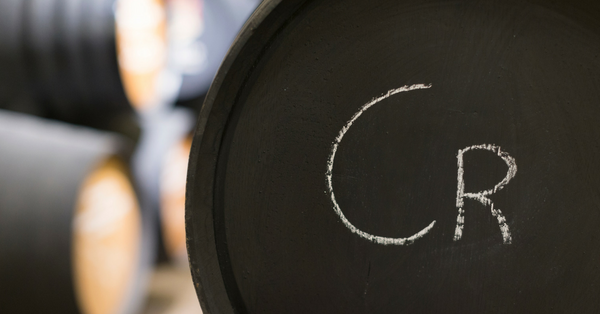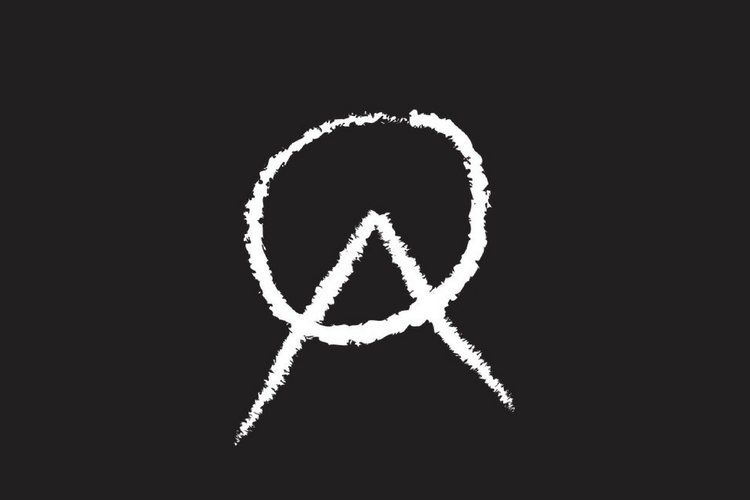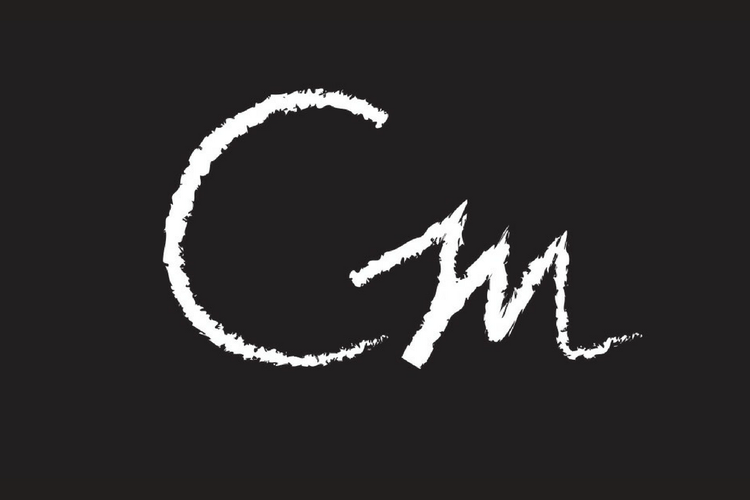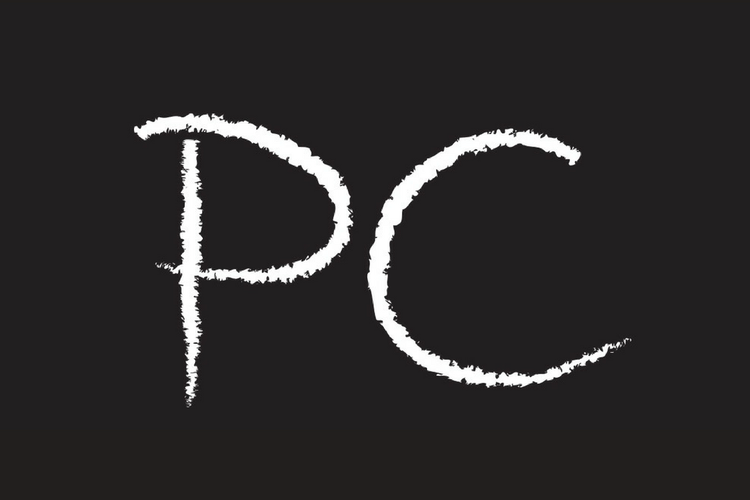This use of symbols – chalk marks applied by the “capataz” (cellar master) to the heads of the butts – began to develop in Jerez in the first half of the XIX century when the export markets began to demand a finer, paler style of wine than that of the traditional Sherry: vintage wines with greater body and structure.

In response to the need to classify an ever growing number of butts in static ageing – the criaderas and soleras system was not yet common – a new language of symbols was born. Since they were written in chalk they could easily be modified to denote the wine’s evolution over time.
“If the capataz saw that during fermentation a wine had finesse, was penetrating and delicate and had a suitable character for biological ageing as a Fino, he would mark the butt with a “palma””, explains Sergio Martínez, oenologist at Bodegas Lustau. “After the periodical inspection of the butts and after the wines had developed their definitive style, the chalk marks could evolve into “dos palmas”, “tres palmas” etc. according to their degree of concentration and finesse.
The winemakers Willy Pérez and Ramiro Ibáñez - who are busily preparing their eagerly awaited book “The Vintage Wines of the Sherry Region” about the soils, vineyards and wines of this area – also mention the “palma cortada” (“with less intense biological ageing than the palmas and with a very subtle and elegant tendency towards oxidation”) and the “palo cortado”, a wine which was slightly deeper in colour and with little or no biological ageing in early life because it usually reached a higher natural alcoholic content due to the sunning of grapes like Palomino, and others which existed before Phylloxera.
“The palos cortados were the most common Sherries within this group of fine and elegant wines”, they explain in The Vintage Wines of the Sherry Region. Like in the case of the palmas, and after the three or four years they took to reach their definitive style, the palos cortados could be differentiated into dos, tres or cuatro cortados according to the concentration and elegance they attained.
Wines which were clean, which were not palo Cortado or palma but which had some body, were called “raya”. Organoleptically, according to Willy Pérez and Ramiro Ibáñez, the rayas were “more aromatic and exuberant than the cortados, and on the palate they had a rich and bitter character with no residual sugar”.
As Manuel María González-Gordon explains in his book Jerez-Xerez-Sherish there were other categories of rayas, which in descending order of quality were:
- “Raya y punto” (/’): wines which “although they were good had less density than a raya”.
- “Dos rayas” (//): “wines which were not completely clean on the nose or those which had some other slight defect”.
- “Tres rayas” (///): “wines which are slightly acid, thin or smelly” destined to become vinegar and sometimes represented by a grid-like marking (#).
With the growth in consumption and the costs involved in maintaining wines in the system of vintages, wines began to be blended together during ageing and this eventually led to the criaderas and soleras system and to an adaptation of the symbols towards those we know today which represent Fino, Amontillado, Palo Cortado, Oloroso and Pedro Ximénez.
According to Sergio Martínez, although the use of stainless steel tanks for fermenting the wines is widespread nowadays, at Lustau they still mark the butts with these symbols when selecting wines. “If I see a wine destined to be Fino I mark the butt with a palma; if I see a wine destined to be Oloroso I mark the butt with a crossed O, and if I see a weak Oloroso which doesn’t develop I mark it as raya”. They also mark with chalk the butts at the ends of the rows “because it is a charming tradition which should never be lost”.

























